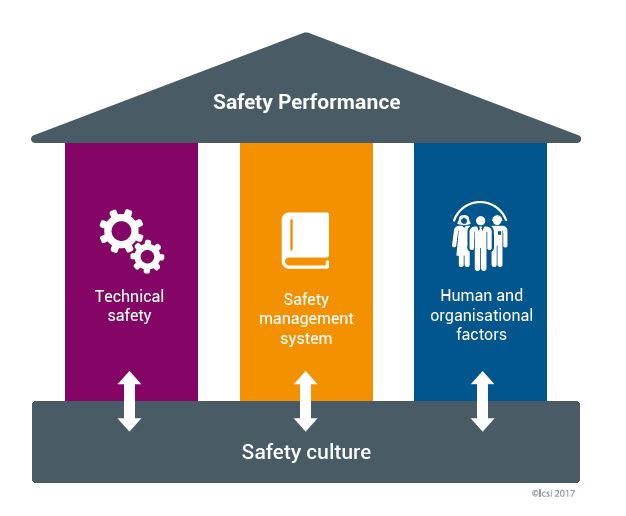To protect the safety of its employees, production sites and their environment, the Dehon Group is committed to improving its ways of doing and thinking about safety on a daily basis. In this respect, Climalife launched a safety culture project in 2020, supported by a firm of experts, that go even further in risk management.
Three key pillars to ensure optimal security :
– Technology (materials, equipment)
– The management system
– Human and organisational factors.
The risks associated with our packaging are an integral part of this project. It is our responsibility, and that of our customers, to apply common rules to avoid potential incidents.
In order to make progress in the safety culture, we must increase vigilance on the organisational aspect. Manual operations, where human error cannot always be avoided, must become central to preventing risks.
The effort must be collective: informing and raising the awareness of the operators who handle the packaging is crucial to identifying the dangers.
How should pressurised vessels be handled to prevent incidents ?
The guidelines for the use of transportable pressure equipment are set out in the European Directive 2014/68 EU and the ADR (Agreement on the Transport of Dangerous Goods), chapter P200. The pressurised vessels used in the packaging, recovery or transfer of refrigerants, propellants, extinguishing agents and other liquefied gases are designed to ensure the safety of equipment and people. However, it is important to follow good practice.
Unfortunately, too many incidents are recorded when the packaging is returned to our production site due to poor handling in the field. It is up to everyone to play their part in the application of good practice.
This list is far from exhaustive, but it is a reminder of the necessary precautions to be taken to avoid accidents.
- Before handling a liquefied gas, it is important to consult the technical data sheet and the safety data sheet for the product (available free of charge on the website www.quickfds.com). If you have any doubts about the product, the packaging in which it is supplied, our Technical Support / Quality & Safety departments will be happy to answer your questions.
- Return the vessel as it was delivered to you. The valves must always be protected (e.g. cylinder with cap or collar). It is forbidden to alter the original vessel by adding a new element (e.g. welding a new valve). If unprotected, the packaging is exposed to risks during transportation and at our production sites.
- Sampling cylinders are supplied with a blank label to be filled in to indicate the liquefied gas to be analysed. Do not forget to stick this label on the cylinder when sending it to our laboratory.
- There are several types of gas on the market today, flammable, non-flammable, CO2, HFO/HFC blends, etc. To be able to successfully recycle these fluorinated greenhouse cases, do not mix several products within a single recovery cylinder when recovering the fluids.
- Do not confuse recovery cylinders containing used liquefied gas and identified on the label to be returned to our sites, and transfer cylinders made available for your maintenance interventions which must be returned empty.
- Do not overfill a recovery vessel. In addition to the environmental impact of leakage into the atmosphere, dispersion of the fluid may cause asphyxiation or other effects related to spraying such as burns. Overfilling is therefore potentially dangerous, especially in confined spaces such as technicians’ vehicles or when transporting containers to an approved centre. Make sure that the recovery vessel is suitable and check the fluid’s fill factor. This latter information can be found on the packaging label.
- Protect the packaging from sunlight and respect the temperature range indicated on the packaging. On the other hand, it is also forbidden to store the vessel at temperatures below zero, which could weaken the steel of the vessel.
- Do not throw or drop cylinders from a height.
- Do not heat the vessels with a flame.
Handling of pressurised vessels : Prevention & Good Practice


